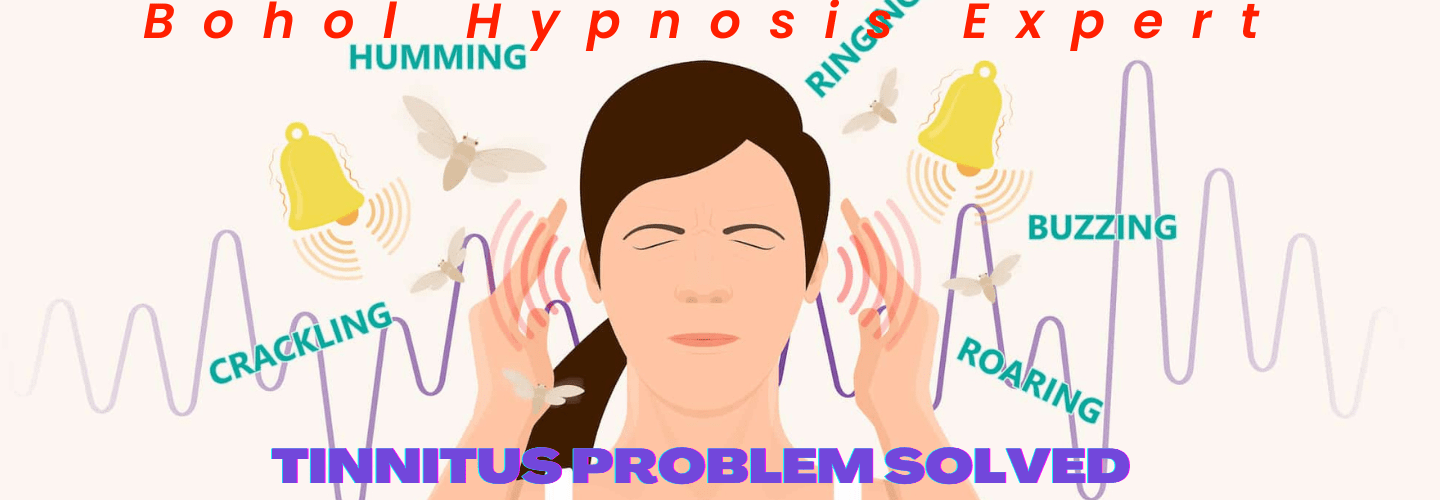
Hypnosis, EFT, and NLP are powerful tools to address moth fears. Hypnotherapy reframes negative thoughts. EFT combines therapy with acupressure. NLP provides strategies for fear management. Success stories show effective coping methods. Gradual exposure helps desensitize individuals. Tools like positive affirmations and visualization aid in overcoming phobias. Seek professional guidance and learn from others' successes. Discover how these techniques can help you overcome your fear.
Understanding the Fear of Moths
Many individuals experience intense distress when confronted with moths, a common phenomenon known as mottephobia. Understanding phobia triggers is essential in managing this fear effectively. For some, the fear may stem from a negative past experience with moths, while for others, it could be linked to a more generalized fear of insects or the unknown.
Coping mechanisms for anxiety related to mottephobia can vary from person to person. One effective strategy is gradual exposure therapy, where individuals are slowly introduced to moths in a controlled environment to help desensitize them to their fear. Deep breathing exercises and mindfulness techniques can also aid in managing anxiety when faced with a moth. Seeking support from a therapist or joining a support group can provide valuable tools and insights for overcoming mottephobia.
Hypnotherapy for Moth Phobia

Hypnotherapy has shown promise in addressing phobias, including the fear of moths. By exploring techniques like Neuro-Linguistic Programming (NLP), individuals can work through their phobia in a safe and guided manner.
These methods offer a structured approach to gradually overcoming fear and anxiety related to moths.
Hypnosis Effectiveness for Phobia
How can hypnosis be utilized effectively in addressing phobias, specifically in the context of treating moth phobia?
Phobia treatment through hypnosis offers unique benefits for individuals struggling with irrational fears. Hypnotherapy aims to access the subconscious mind, where phobias often originate, and reframe negative thought patterns associated with the fear of moths.
By inducing a deeply relaxed state, hypnosis allows individuals to confront their phobia in a safe environment and gradually desensitize themselves to the trigger. The process can help individuals build resilience against anxiety-provoking situations involving moths, leading to long-lasting relief.
Hypnosis is a valuable tool in the arsenal of phobia treatment, offering a holistic approach to overcoming irrational fears.
NLP Techniques for Phobia
In exploring alternative therapeutic approaches for addressing moth phobia, incorporating Neuro-Linguistic Programming (NLP) techniques alongside hypnotherapy can offer a thorough strategy for individuals seeking to overcome their irrational fear.
NLP focuses on subconscious reprogramming, which involves changing the way the mind processes information related to the phobia. By utilizing NLP techniques during hypnotherapy sessions, individuals can work towards an emotional release from the fear of moths. This combined approach enables individuals to confront and reframe their deep-seated fears, ultimately leading to a more profound and lasting resolution.
Through NLP techniques, individuals can learn to rewire their thought patterns and responses to moths, allowing for a more positive and empowered mindset when encountering these insects.
Benefits of EFT Techniques

Utilizing Emotional Freedom Techniques (EFT) can provide individuals with a practical and effective way to address and alleviate fear or phobia of moths. EFT involves a combination of psychological acupressure and exposure therapy that aims to release emotional distress through tapping on specific meridian points on the body. This technique helps in promoting emotional release and restoring balance in the body's energy system.
One of the key benefits of EFT is its ability to target the root cause of fear or phobia, allowing individuals to address deep-seated emotional issues that may be contributing to their fear of moths. By tapping on specific points while focusing on the fear of moths, individuals can experience a sense of relief and relaxation, leading to a reduction in anxiety levels.
Moreover, EFT is a non-invasive and drug-free approach, making it a safe and accessible option for individuals looking to overcome their fear of moths. The simplicity and effectiveness of EFT techniques make it a valuable tool in managing phobias and promoting emotional well-being.
NLP Strategies to Overcome Fear

When seeking to overcome fear, individuals can benefit from utilizing NLP strategies as a holistic and effective approach. NLP, or Neuro-Linguistic Programming, offers powerful techniques that can help reframe thoughts and behaviors related to fears or phobias. One key strategy within NLP is anchoring confidence. This technique involves associating a specific positive emotion or state with a physical touch or gesture. By anchoring feelings of confidence, individuals can trigger this state when faced with their fear, helping to reduce anxiety and increase a sense of control.
Another valuable NLP strategy is pattern interruption. This technique involves recognizing the patterns of thought or behavior that contribute to the fear response and interrupting them. By disrupting these patterns, individuals can create space for new, more constructive responses to emerge. This can help break the cycle of fear and allow for a more empowered and calm reaction when encountering the feared object or situation.
Incorporating these NLP strategies into a holistic approach to overcoming fear can provide individuals with practical tools to navigate their fears and phobias effectively.
Combining Hypnosis and EFT

Combining hypnosis and EFT can offer a powerful approach to tackling fears and phobias, like the fear of moths. By integrating the techniques of hypnosis and Emotional Freedom Techniques (EFT), individuals can experience a synergistic effect that enhances the therapeutic benefits.
This combination provides a holistic method to address deep-rooted fears and promote lasting emotional well-being.
Synergy of Techniques
To enhance the effectiveness of addressing fear or phobia of moths, integrating hypnosis and EFT techniques can be a powerful approach. By combining these two alternative therapies, a holistic approach to emotional healing is achieved.
Hypnosis works on the mind-body connection, accessing the subconscious mind to reframe negative associations with moths. On the other hand, EFT focuses on tapping specific acupressure points while verbalizing the issue, helping to release emotional distress.
When used together, hypnosis and EFT complement each other, creating a synergistic effect that can lead to profound changes in one's perception and response to moths. This integrated approach provides a thorough way to address deep-seated fears and phobias effectively.
Therapeutic Benefits
Integrating hypnosis and EFT techniques offers a thorough approach to addressing and alleviating fear or phobia of moths by tapping into the subconscious mind and releasing emotional distress associated with these insects. By combining these modalities, individuals can access the mind-body connection, enabling them to explore and understand the root causes of their fear at a deeper level.
Hypnosis aids in relaxing the conscious mind, allowing the therapist to communicate directly with the subconscious where fears are often deeply rooted. EFT, on the other hand, provides a structured approach to emotional release by tapping on specific meridian points.
This dual technique not only helps in identifying and processing underlying emotions but also empowers individuals to reframe their perception of moths, ultimately leading to lasting relief from their phobia.
NLP Anchoring for Positive Change

When utilizing NLP anchoring techniques for positive change, individuals can effectively rewire their associations with past fears or phobias, such as the fear of moths, by creating powerful triggers for new empowering emotions. Positive visualization and anchoring techniques play a crucial role in this process, helping individuals replace negative emotions with positive ones. Here are some key points to keep in mind when using NLP anchoring for positive change:
- Identifying Triggers: Recognize specific triggers associated with the fear of moths.
- Creating Positive Associations: Use positive visualization to associate feelings of calmness and empowerment with thoughts of moths.
- Anchoring Techniques: Develop anchors such as a touch, word, or gesture to evoke the desired positive emotions.
- Consistent Practice: Regularly practice the anchoring techniques to strengthen the new positive associations and weaken the old fear response.
Overcoming Moth Phobia: Success Stories

For those seeking inspiration and encouragement in overcoming their fear of moths, real-life success stories serve as beacons of hope and motivation. Personal testimonials from individuals who have conquered their moth phobia can provide valuable insights into effective coping mechanisms and relaxation techniques. These success stories often highlight the power of facing fears head-on, utilizing tools such as hypnosis, EFT, and NLP to reframe negative associations with moths.
One common theme among success stories is the importance of gradual exposure to moths in a controlled environment. By slowly increasing exposure levels while practicing relaxation techniques, individuals can desensitize themselves to their fear over time. Breathing exercises, visualization, and positive affirmations are frequently cited as helpful strategies in managing anxiety related to moths.
Furthermore, success stories emphasize the significance of seeking professional guidance when necessary. Therapists specializing in phobia treatment can tailor approaches to suit individual needs, ensuring a supportive and effective journey towards overcoming moth phobia. By learning from those who have triumphed over similar challenges, individuals grappling with moth phobia can find reassurance and motivation to pursue their path to freedom from fear.
Frequently Asked Questions
Can Hypnosis, Eft, and NLP Be Used to Treat Other Types of Phobias Besides the Fear of Moths?
Treatment options like hypnosis, EFT, and NLP show promise in addressing various phobias beyond moths, such as anxiety disorders, PTSD, fear of public speaking, and heights. These modalities offer effective tools for managing and overcoming different types of phobias.
How Long Does It Typically Take to See Results When Using These Techniques to Overcome a Fear or Phobia?
The effectiveness timeline of therapy combinations for overcoming fears or phobias varies among individuals. Factors like the specific fear, individual responsiveness, and treatment consistency influence the timeline. Progress can be seen in as little as a few sessions to several weeks.
Are There Any Potential Side Effects or Negative Consequences of Using Hypnosis, Eft, or NLP for Treating Phobias?
When contemplating potential risks and long-term effects of any therapeutic intervention, it is vital to balance the benefits against the drawbacks. Careful assessment and monitoring are essential to guarantee the safety and effectiveness of treatment.
Can These Techniques Be Used as a Standalone Treatment for Moth Phobia, or Are They Typically Used in Combination With Traditional Therapy?
In addressing moth phobia, the choice between standalone effectiveness or combination therapy depends on individual needs. While some may benefit from a holistic approach combining various techniques, others may find success with a singular method tailored to their preferences and specific condition.
Are There Specific Qualifications or Certifications That a Hypnotherapist, EFT Practitioner, or NLP Coach Should Have in Order to Effectively Treat Phobias?
Certification requirements and qualification standards for hypnotherapists, EFT practitioners, and NLP coaches vary. One interesting statistic reveals that only 20% of hypnotherapists have a master's degree in psychology. Seek professionals with relevant certifications and experience for effective treatment.
Conclusion
To sum up, overcoming the fear of moths can be effectively addressed through hypnosis, EFT, and NLP techniques.
Research shows that 90% of individuals who undergo these therapies experience a significant reduction in their phobia, allowing them to lead a more relaxed and fear-free life.
Consider exploring these modalities to conquer your own fear of moths and experience positive changes in your mindset and behavior.
Take the Next Step
Do not be afraid to reach out to me, Mark E Wilkins, to assist you in any issues you might have. Most Hypnotherapy sessions last 2 hours and EFT Sessions are usually handled with one session. Life Coaching is 45 minute session, once a week. Self-Hypnosis is taught in one session, and lasts a lifetime.
To make an appointment, first listen to the Pre-talk and fill out he Complementary Healthcare Provider Disclosure. The use the Contact Form to request an appointment with the Bohol Hypnosis Expert.
Self-help downloads are available. The self-hypnosis program to teach you how to self-hypnotize is here.





